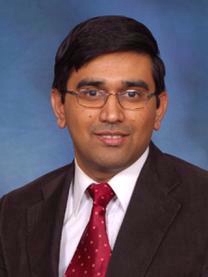UAV MASTER Lab and CDS Lab
Fly a Drone Like a Kite
Safety forms a paramount issue when flying drones or unmanned aerial vehicles (UAVs) outdoors. The fear of loss of communication with the UAV always haunts the operator. Moreover, limited flight time also forms a drawback in UAV operations. However, technological advancement in the field of robotics especially UAVs shows immense promise to address these concerns. One solution to the above mentioned issues consists of attaching a tether to the UAV. The tether forms a means for secure data transmission, continuous charging of drone and also enables safer handling of drones/UAVs. There exist several challenges to implement tethered drone systems in real world. This project addresses the most significant of those challenges by allowing the drone to be maneuverable via manipulation of tether. Development of controller, tackling of wind disturbance, obstacle avoidance and maintaining tension in tether form few of the challenges. In this context, the controller is required to be designed in a manner that will allow the UAV to be controlled by merely moving the tether, to fly it like a kite. Obstacle avoidance forms another challenging aspect of this system because not only the drone but the tether should also not get entangled with the obstacle. This project will involve the students to gain better understanding of the control schemes to address the above issues and also will help him/her in getting hands on experience on building a tethered UAV. The proposed work has tremendous societal impact. It can find applications in military, for inter planetary space exploration, for raffic monitoring and many more applications.
Director

Manish Kumar
Professor (F2), CEAS - Mechanical Eng
629 Rhodes Hall
UAV MASTER Lab
Dr. Manish Kumar directs Cooperative Distributed Systems (CDS) Laboratory, Collaboratory for Medical Innovation and Implementation, and co-directs UAV MASTER Lab. His research interests include Unmanned Aerial Vehicles, robotics, decision-making and control in complex systems, multi-sensor data fusion, swarm systems, and multiple robot coordination and control. His research has been supported by funding obtained from National Science Foundation, Department of Defense, Ohio Department of Transportation, Ohio Department of Higher Education, and several industry. He is a member of the American Society of Mechanical Engineers (ASME). He has served as the Chair of the Robotics Technical Committee of the ASME’s Dynamic Systems and Control Division, and as an Associate Editor of the ASME Journal of Dynamic Systems, Measurements and Control.

